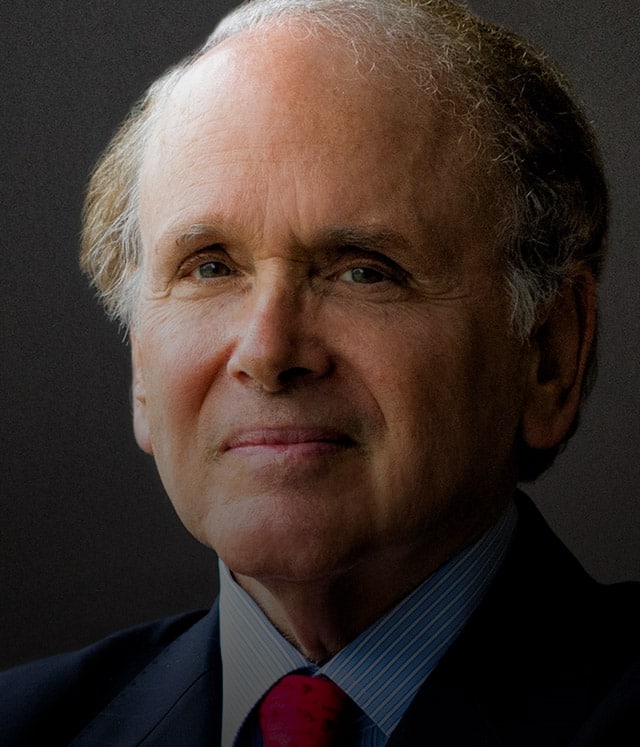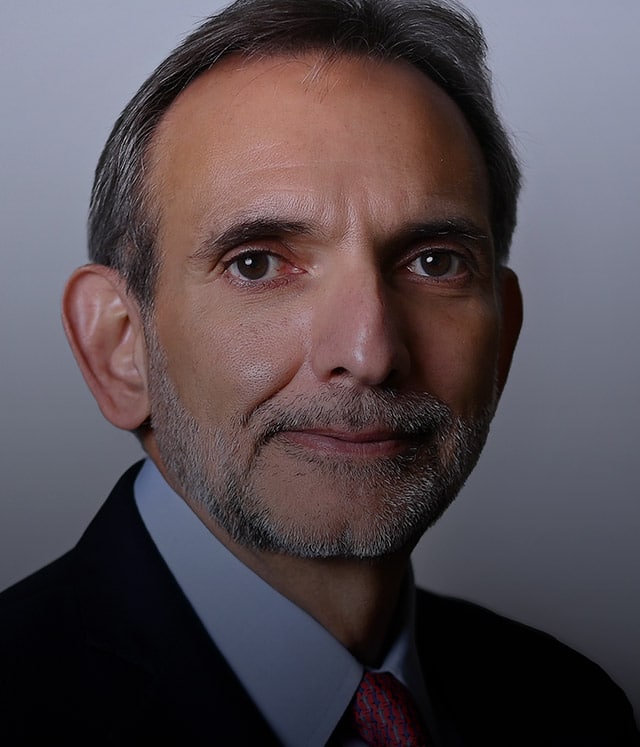Navigating a Turbulent World: Energy, Climate and Security
The global energy industry is facing a welter of uncertainty and change -- driven by the effects of the global pandemic; shifting geopolitics and a war launched by one of the world’s major energy powers; high energy prices; supply chain and infrastructure constraints; and economic instability. The energy industry continues to grapple with the twin challenge of meeting the world’s growing energy demand while reducing emissions. Designing the world’s energy systems for a lower carbon future remains paramount. How will the industry navigate the turbulence and lead the global transition to a sustainable, secure, abundant and affordable future?
CERAWeek 2023 will explore in-depth the strategies for a world in turmoil. Foremost thought leaders, policymakers and executives from across energy, finance, technology, and industry will engage at CERAWeek 2023 for dialogue, shared learning and connection. CERAWeek will offer insight on the energy future -- and on emerging strategies and solutions. Join us March 6-10 in Houston.
CERAWeek 2023 Themes
The Energy Trilemma: Balancing security, transition and affordability
Recent global crises have redefined how the world understands the future of energy. Successive upheavals caused by pandemic, recovery and war created massive imbalances between the energy the world needs and the capacity to deliver it. The world is now reassessing how energy security, transition and affordability must work together to drive global growth and prosperity. The energy transition will not stop as governments, industries and institutions all need to act on climate change. But the global energy industry has taken on a new imperative: to build a system that is equal parts secure, sustainable and affordable—to meet global demand for fuels that drive the global economy while also designing this system to redress climate change. What are the fundamental shifts needed in investment, policy and technology to achieve that?
Geopolitics and Geoeconomics: An era of volatility
Russia’s invasion of Ukraine shattered the post-World War II equilibrium that had underpinned global prosperity for seven decades. The sequential shocks to the international system of pandemic and war are pervasive, manifesting in energy crises, high inflation, social unrest, geopolitical tensions and a larger role for the state in markets and industries. Volatility will dominate global politics, economics and security as the world enters an era of reshaping the international order. What is the new map of geopolitics that is emerging from the current upheaval? Is the era of globalization as markets and industries knew it now over? How will growing rifts impact energy trade, risk management and capital flows?
Competitive Landscape, Technology and Innovation
Geopolitical disruptions and sustained volatility in energy markets have upended conventional strategies, rearranged commercial relations and repurposed transition goals. How are market shocks altering the competitive playing field and structure of the energy industry? What new strategies are being adopted? What are the pathways toward synchronizing a phase-out of existing energy systems with a buildup of low carbon and net-zero solutions? Is there a new future for natural gas? What will be the role of hydrogen, nuclear and biogas in the energy mix and how is industry innovating to deliver them?
Financing the Energy Future: The capital transition
Recalibrating the world’s energy system to meet net-zero targets while sustaining production systems that foster energy security will require trillions of dollars of investment. Governments have taken leading roles in industrial policy by offering massive incentives to catalyze private capital and accelerate transition goals. But these energy investment needs come as the global economy faces significant headwinds from high inflation, slowing growth and heightened risk from geopolitical instability. How will markets respond? How will investors navigate these risks and opportunities? What will be the impact of the U.S. Inflation Reduction Act in accelerating investment? What will facilitate capital flows to developing countries to promote just energy transitions and bridge north-south divides?
Supply Chains, Commodity Markets and Energy Transition
Roadmaps to achieve net zero are placing great focus on supply chains. Technologies central to the transition require much more critical minerals than conventional energy sources, yet governments and industry have expressed alarm about whether there will be sufficient mineral supply to move from a fuel-intensive to a mineral-intensive energy system. Beyond sourcing, pandemic lockdowns and the war in Ukraine have underscored the risks when things go wrong. Technology failures, commercial delays, new geopolitical crises and broken supply chains are inevitable realities going forward. How will supply chains adjust and scale and what are the industry’s contingency plans for disruption? Is globalization giving way to regionalization?
Future Workforce: Diversity, equity and inclusion (DEI) and next generation skills
Attracting and retaining talent will be a critical source of competitive advantage. What skills are needed for the energy industry of the future? How can the industry attract next-generation workers? How can industry remain in-step with society’s evolving values on environmental, social and governance (ESG), race, diversity and inclusion?









